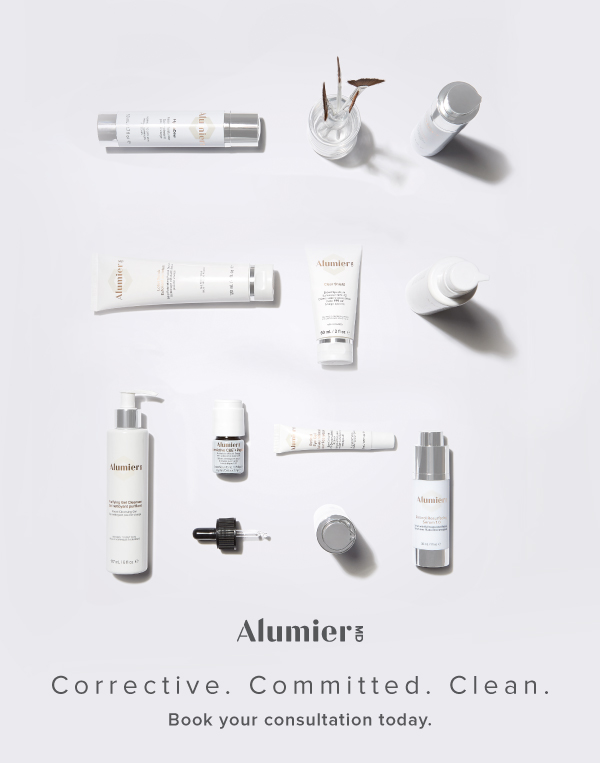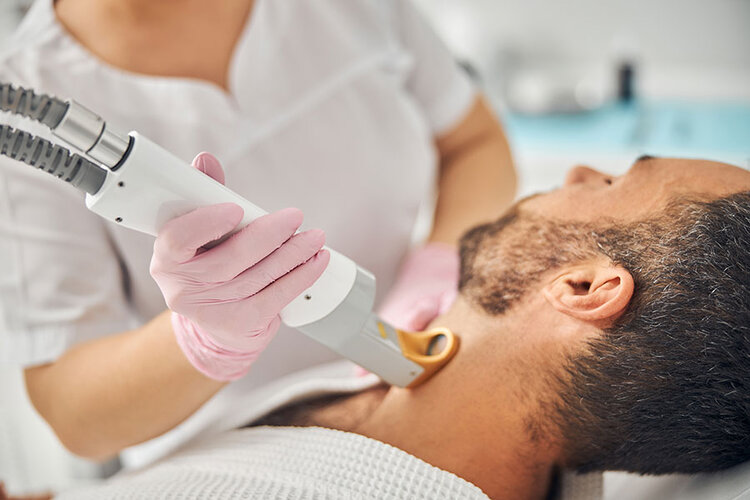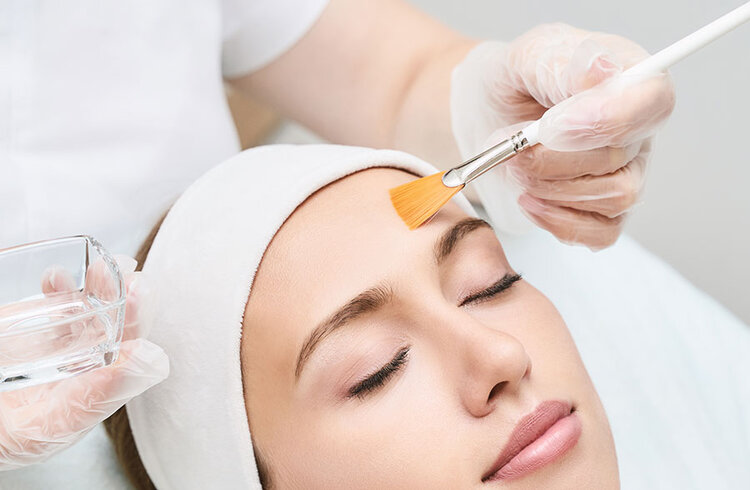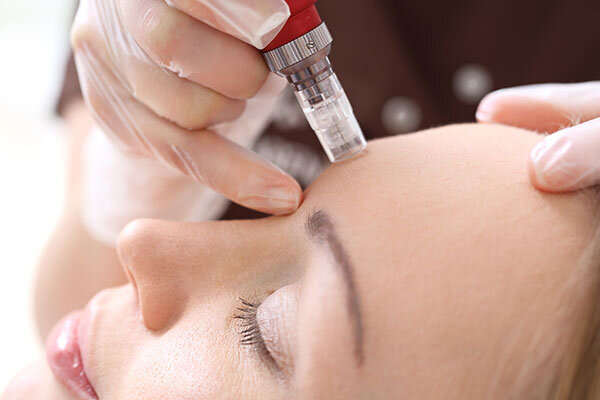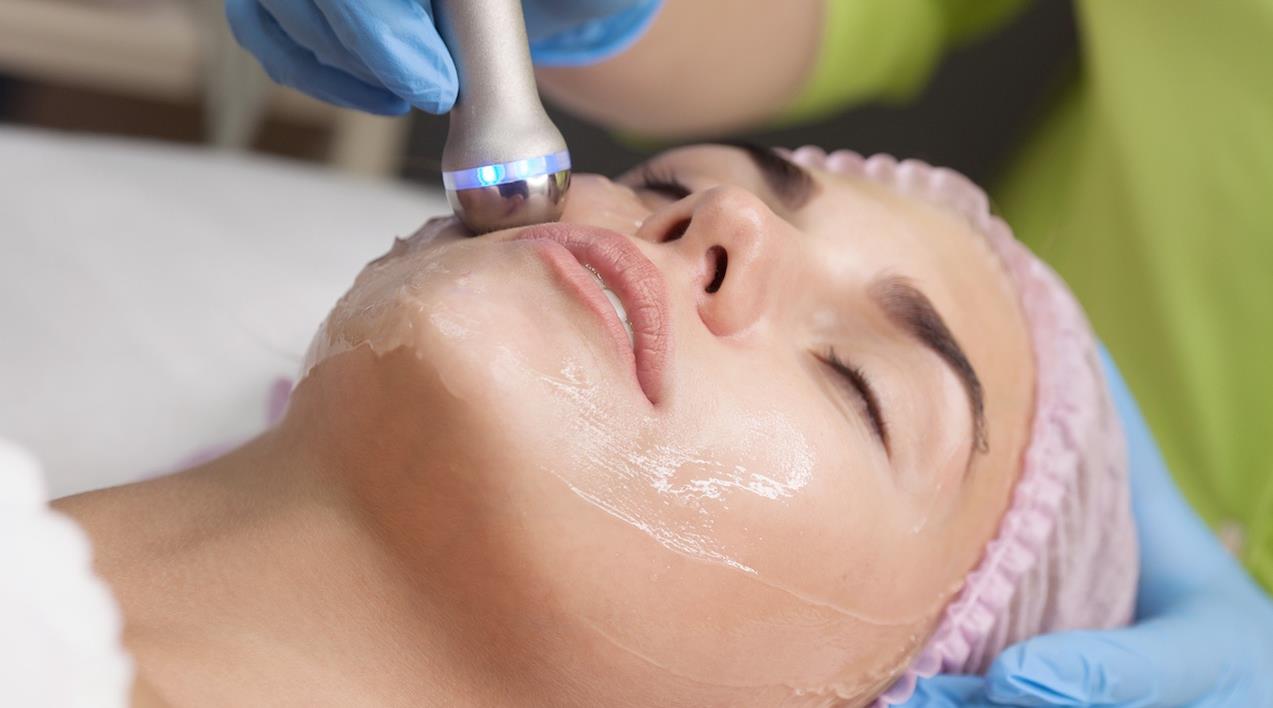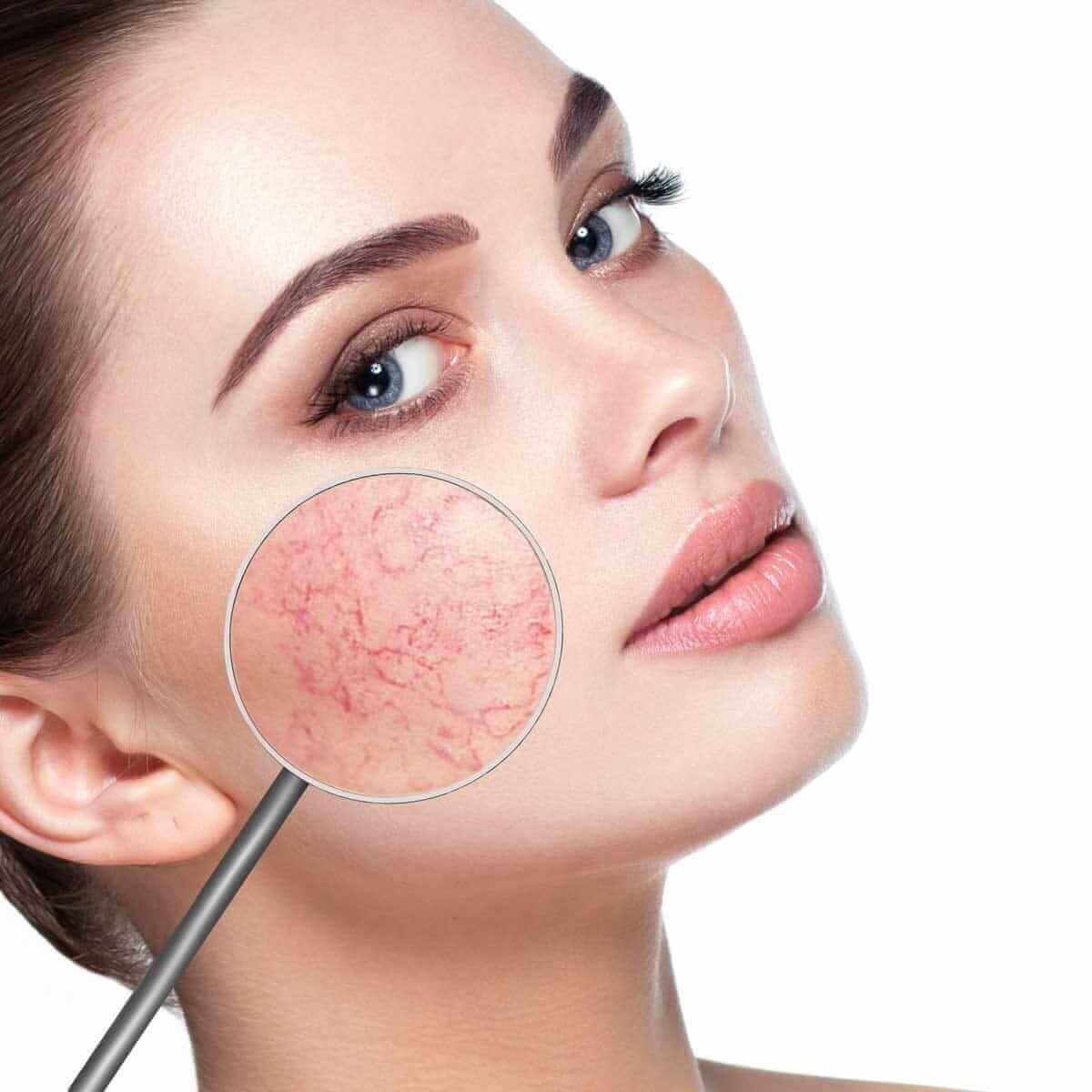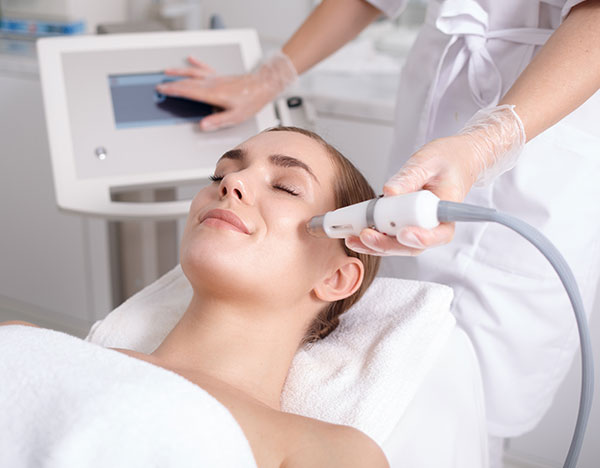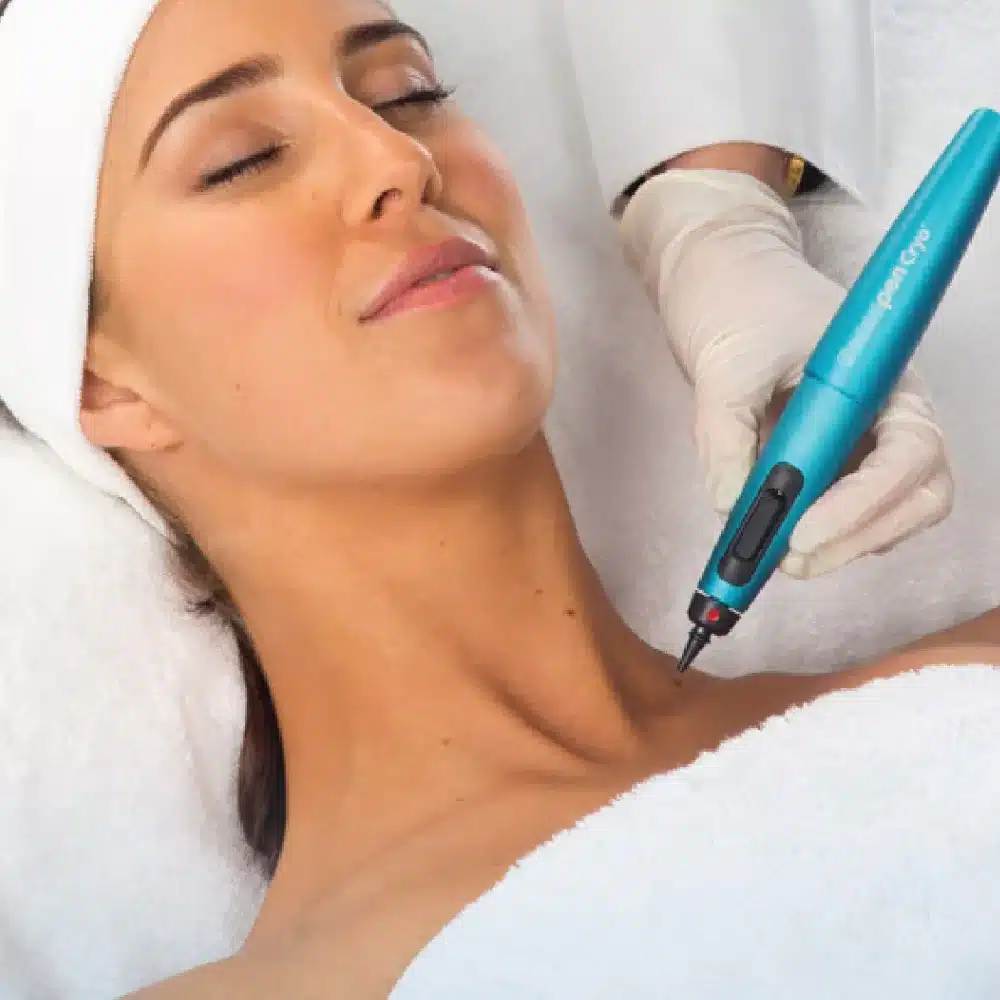Mole Removal Taunton
The Skin Care Clinic is now offering Mole Removal in our Taunton Clinic. Moles are common and often harmless but sometimes they may be unsightly and can affect self confidence.
We use the Cryopen here at our clinic. Cryosurgery is a safe, easy and simple solution to removing benign moles. The procedure is fast, painless and affordable, with very little downtime.
It is mandatory that all moles are checked by your Doctor to ensure they are safe for removal by Cryosurgery. We will need written confirmation of this before we are able to treat your mole.
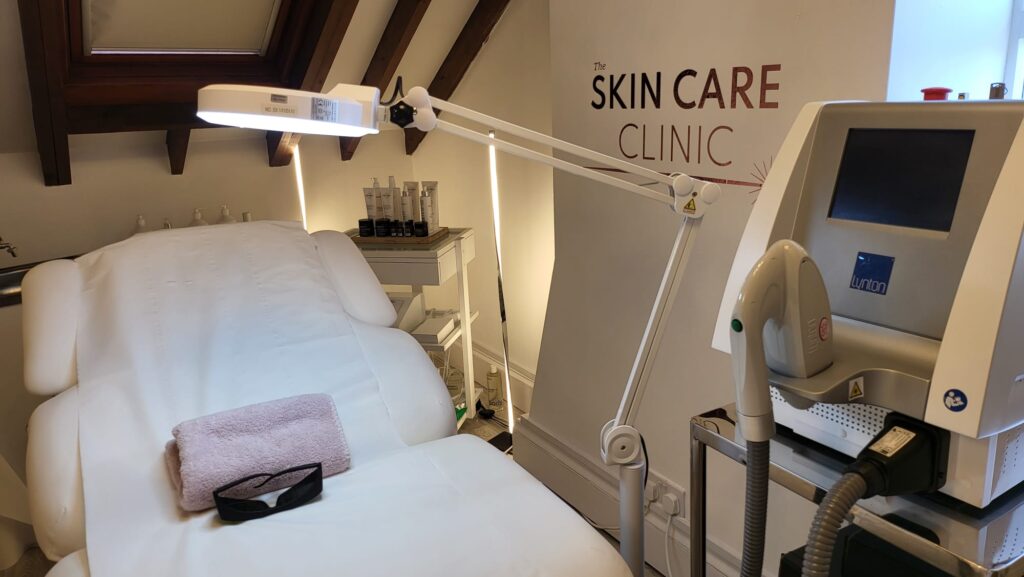
What are the benefits of Mole Removal?
- Minimally invasive: Cryotherapy with a cryopen is a minimally invasive procedure that does not require incisions or stitches. This makes it an attractive option for those who are looking to remove moles without the need for surgery.
- Quick recovery: Because the procedure is minimally invasive, recovery is typically quick. Most people can return to their normal activities immediately after the procedure, and there is usually no need for any follow-up care.
- Low risk of scarring: Because cryotherapy does not involve incisions, the risk of scarring is low. The treated area may be slightly red and tender for a few days after the procedure, but any redness or swelling should subside within a few days.
- Effective removal: Cryotherapy with a cryopen is effective in removing moles, and the risk of regrowth is low. However, it’s important to keep in mind that not all moles can be removed with cryotherapy, and some may require a different removal method.
- Cost-effective: Compared to other mole removal methods, cryotherapy is generally less expensive, making it an attractive option for those who are looking to remove moles without breaking the bank.
What are moles on our skin?
Moles, also known as nevi, are dark spots on the skin that are caused by the accumulation of pigment-producing cells. They can appear anywhere on the body and can be different shapes, sizes, and colors. Moles are usually harmless, but in some cases, they can develop into skin cancer, so it is important to monitor any changes in the appearance of moles and seek medical attention if needed. Most moles are present at birth or develop during childhood and adolescence, but new moles can also appear in adulthood.
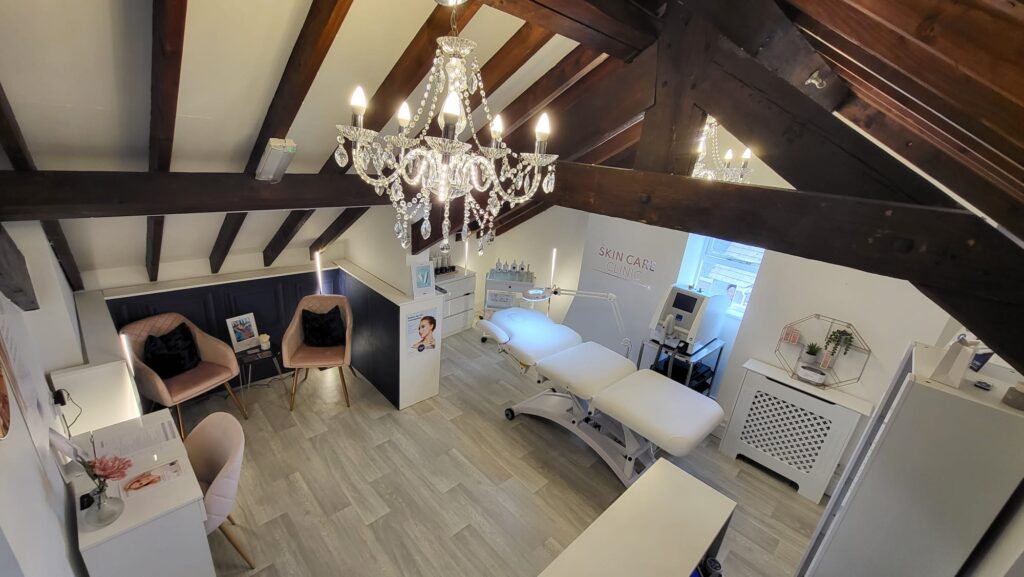
What is mole removal treatment?
Cryotherapy with a cryopen is a method that can be used to remove moles. During this procedure, a cryopen device, which is a handheld instrument that uses liquid nitrogen to freeze the tissue, is applied to the mole for a short period of time. The freezing process causes the cells in the mole to break down and die, and the mole eventually falls off. This is a simple and minimally invasive procedure that can be performed in our mole removal Taunton clinic.
Before the procedure, we clean the area before the cryopen is then used to freeze the mole for several seconds. After the mole is frozen, it will become crusty and eventually fall off, typically within 7-14 days. The surrounding skin may be red and sore for a few days after the procedure, but this usually resolves on its own.
It’s important to note that not all moles are suitable for cryotherapy and a doctor should be consulted to determine if it’s the right option. If a mole is suspected to be cancerous or abnormal, it may need to be removed through a different method and sent to a lab for examination.
How long does the Mole Removal in Taunton treatment take?
The duration of a mole removal procedure with a cryopen can vary depending on several factors, including the size, location, and type of mole. On average, the procedure takes about 15 to 30 minutes per mole.
During the procedure, the practitioner will clean the area around the mole. Once the area is clean, the practitioner will use the cryopen device to freeze the mole and surrounding tissue. The entire process is usually over within a few minutes.
It’s important to keep in mind that multiple moles may be treated during the same session, so the overall duration of the procedure may be longer if you have several moles that need to be removed.
Your doctor can provide a more specific estimate of the duration of your mole removal procedure based on your individual case and the characteristics of your moles.
Before and After Mole Removal Treatment
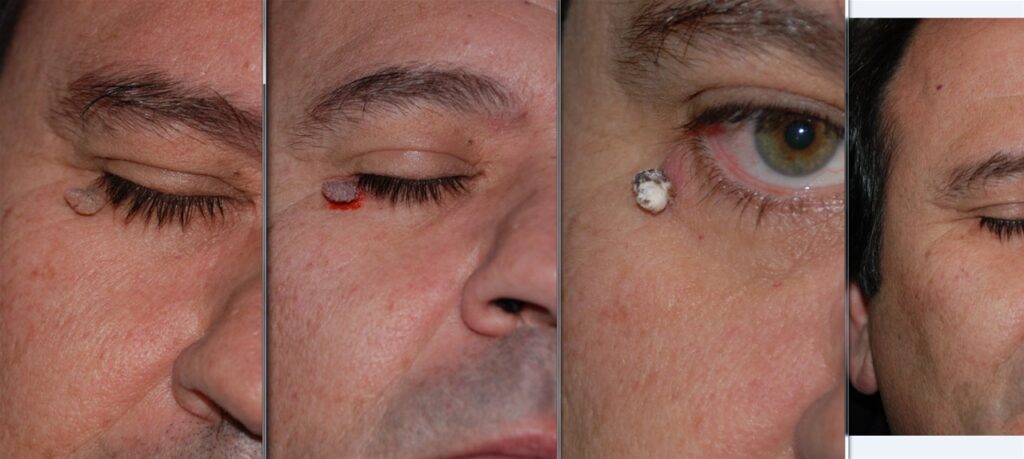
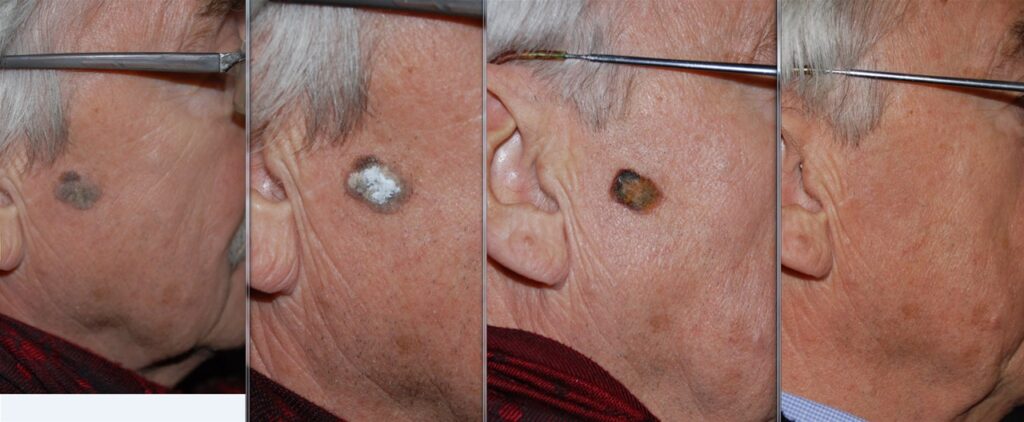
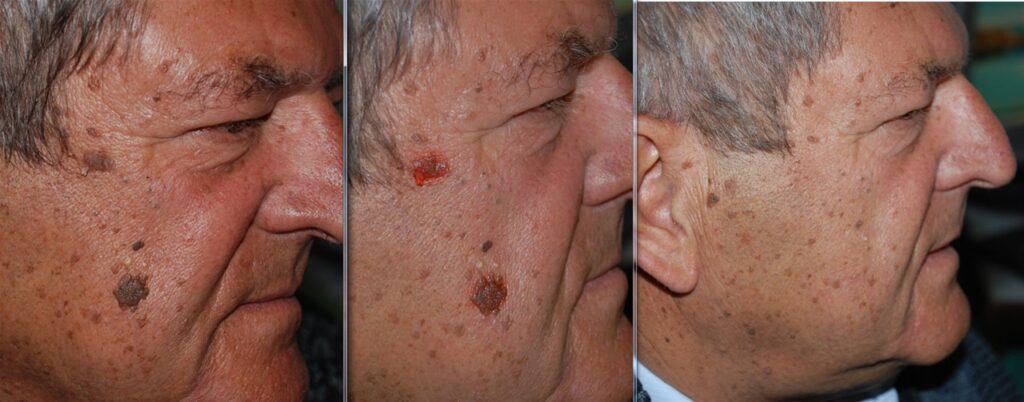
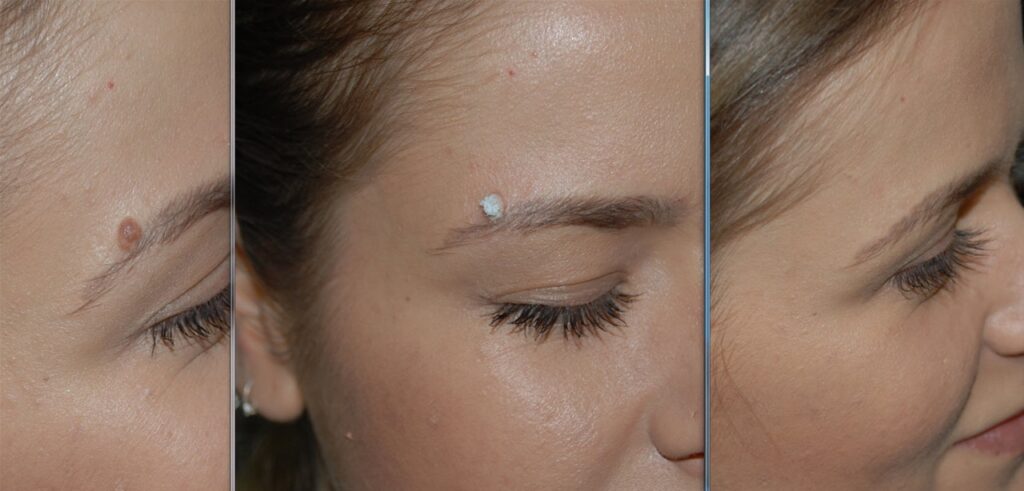

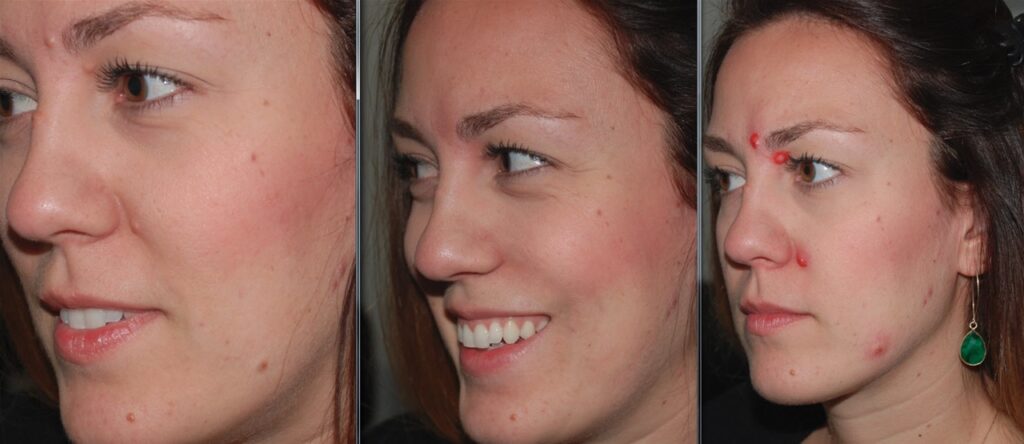
Frequently Asked Questions
To help with the healing process and reduce the risk of complications, it's important to follow the aftercare instructions provided by your Skin Care Clinician. This may include avoiding activities that can cause friction or irritation to the treated area, keeping the area clean and dry, and using petroleum jelly or an over-the-counter cream to keep the skin moisturised.
Cryopen mole removal is generally considered a minimally painful procedure. Before the procedure, a local anesthetic is typically applied to the area to numb the skin and reduce any discomfort. During the procedure, you may feel some pressure or a stinging sensation when the cryopen device is applied to the mole, but the freezing process is usually not painful.
After the procedure, you may experience some mild redness, swelling, and tenderness around the treated area, but this should subside within a few days. Over-the-counter pain relievers, such as ibuprofen, can be used to manage any discomfort if necessary.
It's important to keep in mind that everyone's pain tolerance is different, and some people may experience more discomfort than others.
The number of treatments required to remove a mole with a cryopen can vary depending on several factors, including the size, location, and type of mole. Some moles can be removed in just one treatment, while others may require multiple treatments.
During the first treatment, the mole is typically frozen with the cryopen device. After the procedure, the mole will become crusty and eventually fall off, typically within 7 to 14 days. If the mole does not completely come off after the first treatment, additional treatments may be necessary.
It's important to keep in mind that the goal of cryotherapy is to remove the entire mole, and any remaining tissue can increase the risk of regrowth or scarring. If a mole does not come off completely after several treatments, your doctor may recommend a different removal method.
Your doctor will be able to provide a more specific estimate of the number of treatments you will need based on your individual case and the characteristics of your mole.
Cryotherapy with a cryopen can be used to remove moles from a variety of areas on the body, including the face, neck, arms, legs, and trunk. The procedure is safe and effective for removing moles on most areas of the body.
However, there are some areas that may not be suitable for mole removal with cryotherapy, such as moles near the eyes or other sensitive areas, moles that are too large or deep, and moles that have changed in appearance or are suspicious for skin cancer. In these cases, your doctor may recommend a different removal method.
It's important to keep in mind that the suitability of cryotherapy for mole removal will depend on the individual case and the characteristics of the mole. Your doctor can provide more information about the suitability of cryotherapy for your specific case and can recommend the best removal method for you.
In the United Kingdom, mole removal is available on the National Health Service (NHS) if it is deemed necessary for medical reasons. If your mole is suspicious or has changed in appearance, your doctor may refer you for removal and biopsy to check for skin cancer. In such cases, the procedure is usually covered by the NHS.
However, if your mole is considered to be cosmetic in nature, it may not be covered by the NHS. In these cases, you may need to pay for the procedure privately or through a private health insurance plan.
It's important to keep in mind that the availability of mole removal services and the criteria for coverage can vary depending on local health authorities, so it's best to check with your local NHS trust or GP for more information.

